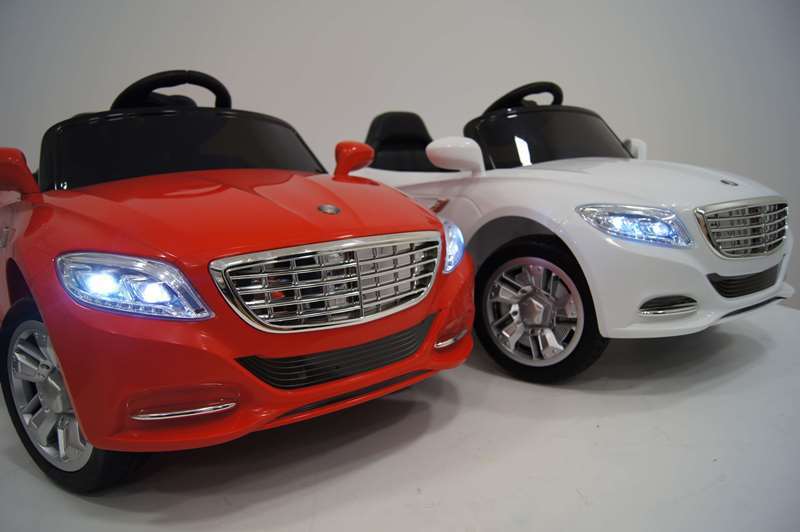
Title: The evolution of children's electric vehicles: from classic design to high-tech models
Over the years, electric cars for children have undergone remarkable changes, evolving from simple pedal-powered vehicles to complex, high-tech models. This evolution reflects advances in technology, changes in consumer preferences and a growing emphasis on safety and innovation. In this article, we will tell you about the exciting journey of children's electric vehicles, tracing their evolution from classic designs to modern models.
Early Start: Simple Pedal Cars
The concept of children's electric cars dates back to the early 20th century, when simple pedal cars gained popularity among young drivers. These early models, often made of metal or wood, were operated by hand using pedals, offering children a taste of independence and liberation. Although rudimentary in design, these pedal cars laid the foundation for later electric vehicles.
Introduction of battery-powered vehicles
In the mid-20th century, advances in battery technology paved the way for battery-powered electric vehicles for children. These early electric cars used rechargeable batteries and electric motors, eliminating the need for pedal power. Although initially limited in functionality and design, these vehicles offered children a new level of excitement and enjoyment.
The emergence of licensed design and realistic functions
As the popularity of children's electric vehicles has grown, manufacturers have begun to focus on creating licensed designs based on popular car models. From miniature replicas of sports cars to iconic cars from favorite movies and TV shows, these licensed electric vehicles have captured the imagination of young drivers. Manufacturers have also begun to introduce realistic features such as working headlights, horn sounds, and MP3 player compatibility, improving the overall driving experience.
Integration of advanced technologies
Children's electric cars have undergone significant changes in recent years due to the introduction of advanced technologies. Modern models boast features such as Bluetooth connectivity, touch controls and smartphone app integration, allowing for greater customization and interactivity. Some models even feature parental remote control, giving parents peace of mind while their kids enjoy the thrill of driving.
Focus on safety and environmental friendliness
Along with technological advances, children's electric cars are increasingly focusing on safety and environmental friendliness. Manufacturers are implementing safety features such as seat belts, adjustable speed settings, and collision mitigation systems to ensure a safe and enjoyable driving experience for young users. In addition, there is a shift towards the use of environmentally friendly materials and manufacturing processes to reduce the environmental impact of these vehicles.
Looking into the future
As technology continues to advance, the future of electric vehicles for children looks promising. Innovations such as autonomous driving capabilities, augmented reality features and advanced connectivity have the potential to further revolutionize the industry. With a focus on safety, sustainability and innovation, kids' electric cars will continue to capture the imagination of young drivers for generations to come.
In conclusion, the evolution of children's electric vehicles from classic designs to high-tech models is a testament to the ingenuity and creativity of manufacturers. From simple pedal cars to sophisticated electric vehicles, these cars have come a long way in offering kids an exhilarating and exciting driving experience. Thanks to technological advancements and a commitment to safety and sustainability, the future of children's electric vehicles looks bright.






